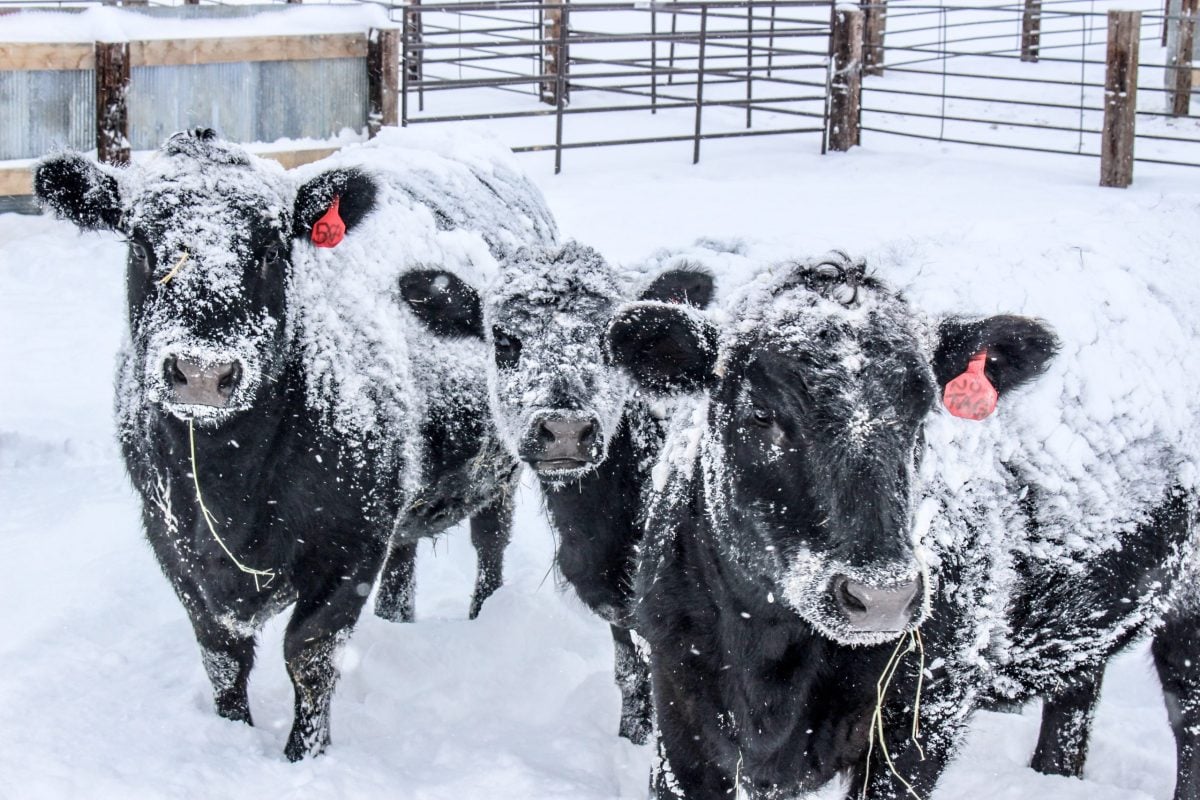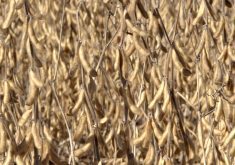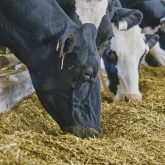Canada’s hog producers seek an immediate federal cash injection equivalent to $20 per hog against a market crash that’s expected to cost their sector about $675 million overall.
Officials with the Canadian Pork Council on Thursday called for Ottawa to provide further aid to hog farmers who are now expecting to lose $30 to more than $50 per hog they produce, depending on regional costs of production.
CPC chairman Rick Bergmann and first vice-chair Rene Roy, speaking with reporters on a Zoom call, said their organization’s members are already out of options, to the point where some market-weight hogs in Eastern Canada have been euthanized for lack of markets.
Read Also

U.S. livestock: Cattle rise, lean hogs mixed
Chicago lean hog futures ended Tuesday mixed while cattle made gains. Most-active February lean hog contracts closed down 0.475 cents…
Given the panic buying of meat in the early weeks of the pandemic, it had appeared markets for hogs might strengthen, but as slaughter capacity diminished in both the U.S. and Canada due to packing plant closures and slowdowns, that optimism faded against “some of the fastest and deepest declines on record,” Bergmann said.
“Now’s the time when there are extremely hard decisions” to be made, such as welfare slaughter or aborting sows’ pregnancies, he said, adding those decisions are “becoming very unavoidable.”
In Western Canada, isoweans raised for export to U.S. finishing operations are also backing up and face “zero value” in the marketplace as U.S. packers shut down or slow down due to COVID-19 outbreaks among their employees, the CPC officials said.
Bergmann emphasized the industry’s challenge right now is not an issue of hog oversupply — “the world is seeking pork from Canada,” he said — but rather one of processing shortfall.
“Whether you’re a farrow-to-finish or… exporting isoweans, we’re all being affected on our cash flow and losing liquidity day by day.”
Asked about specific actions government could take, Bergmann said it’s “not our job as producers to tell them how they should administrate and help us” but rather to ensure officials grasp the breadth of the industry’s current liquidity problems.
The council recognizes Ottawa has “attempted to provide additional support to Canadian businesses during this pandemic,” he said, but for the hog sector, that level of support is inadequate — and programs previously made available to help farmers through market crashes “were great in the 1990s” but not anymore.
The council’s proposed $20 per head figure is not based on full recovery of losses, Roy emphasized, but rather on allowing producers to pay outstanding bills and pay employees against the current crisis.
As for a timeline for such aid, Canadian consumers “risk seeing food shortages if governments do not step forward with the support farmers need to keep producing food before the end of the month,” the CPC said in a release later Thursday.
On Thursday’s call, Bergmann said the CPC has “had a lot of conversations with our friends in government, and I will say I’m hopeful,” though he added that “if you’re a farmer you’re always going to be optimistic.”
Right now, though, “we really need to hear a strong signal from the federal government” that it will support the industry’s efforts to keep Canada supplied with food, he said. Ottawa, he added, has “all the tools they need to fix the problem, but there has to be a political will.”
Asked about the Canadian cattle sector’s call for a revival of the BSE-era set-aside program, against similar COVID-19-related losses that industry officials now expect to reach upward of $500 million by the end of June, Bergmann reiterated that market-weight hogs can’t be kept on maintenance rations like cattle.
A set-aside-type program hasn’t been an option for the hog sector for some time, he said; if it was, the industry would already be pursuing it.
Hog producers raising piglets from birth aren’t in a position to continue to feed them for months, as their barns aren’t designed or built to handle full herds of mature hogs, Roy said.
Asked if any consideration has been given to detaching Canadian hog prices from U.S. market values, he said such a move has been considered but the two markets remain closely linked, with animals crossing the border both northbound and southbound.
“Our figurative farmhouse is burning down,” Bergmann said of the industry’s current status. “Now is not the time to think about windows, or what colour of paint, or how we’re going to improve it… we need the fire crew to show up and put a lot of water on that.” — Glacier FarmMedia Network
















